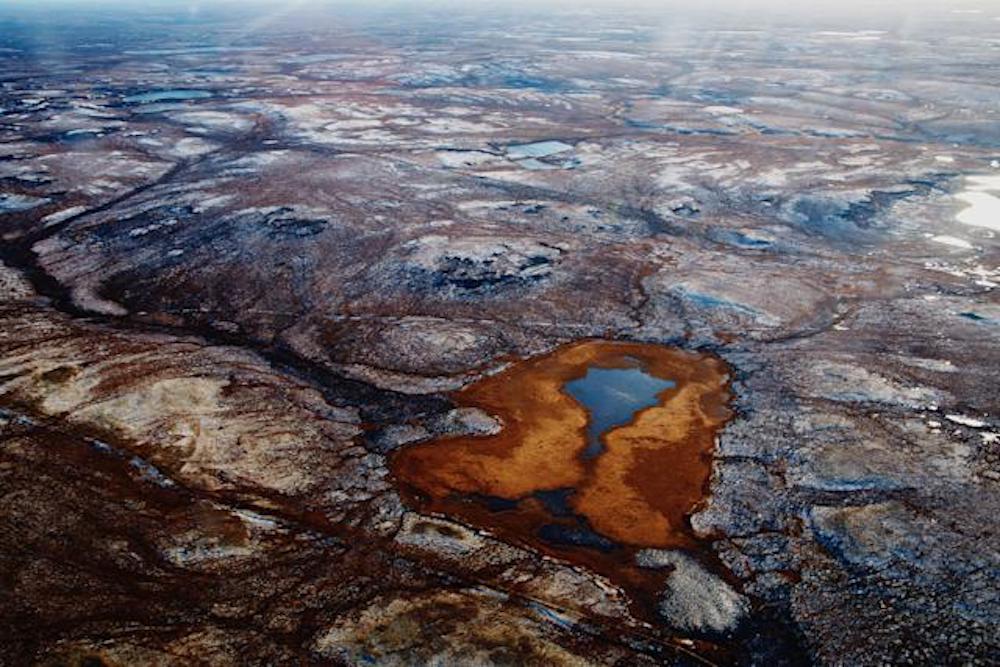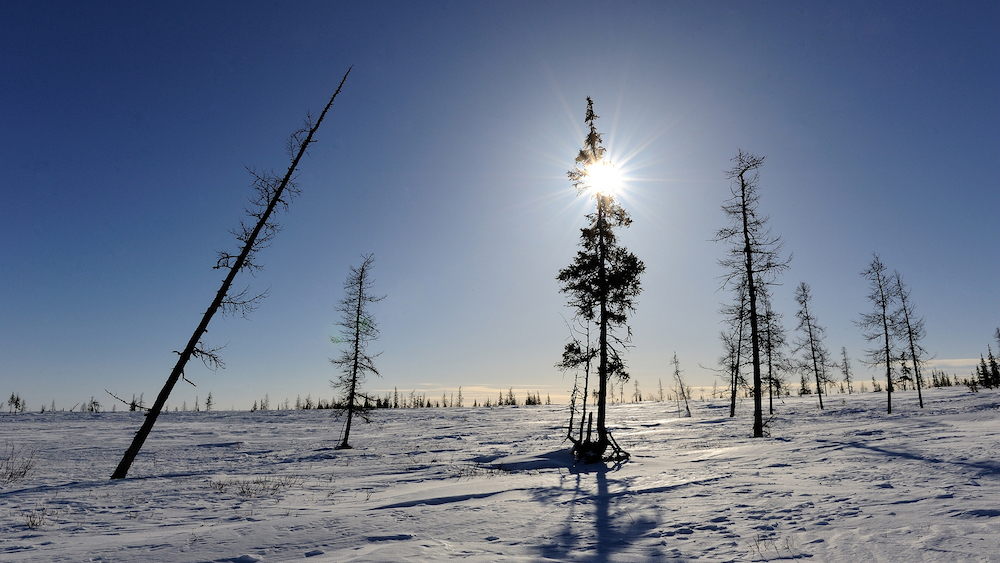Researchers Predict Siberian Tundra May Disappear by 2500
According to researchers from the Alfred Wegener Institute (AWI) in Germany, the loss of the Siberian tundra will be a blow to biodiversity and human culture; and can worsen Arctic warming

Image: Yahoo
Using the computer modeling system, researchers from the Alfred Wegener Institute in Germany have predicted the disappearance of the Siberian tundra by 2500. The reason for this is the obvious global warming that’s rapidly increasing the temperatures in the Arctic region. As a result, Siberian larch forests’ is advancing northward. Hence, it’s slowly replacing the broad tundra expanses that are home to diverse and unique species of plants and animals.
In a journal published in eLife, the researchers mention that even with a serious goal of climate mitigation can only save 30-percent of the Siberian tundra by the middle of the millennium. And, if nothing is done to stop global warming, the Siberian tundra will completely vanish. The researchers also believe that the loss of the Siberian tundra will be a major blow to biodiversity. Plus, it can worsen Arctic warming.
In the Arctic High North, the air temperature has increased by over two degrees Celsius over the last 50 years. This is far more than in any other region, and, the research says that this trend will continue over time.

Image: Live Science
According to study co-author Ulrike Herzschuh, Head of the Polar Terrestrial Environmental Systems Division at AWI, it is a serious issue. The present and future warming in the Arctic Ocean are likely to have a serious impact on the environment. Even the land environment will change drastically over the years.
As per Eva Klebelsberg, an expert in Sustainable Development at the World Wildlife Fund Arctic Program, the Siberian tundra is facing a serious situation of life and death at present. One way to protect the larger areas is with very ambitious targets of climatic protection. But even then the most vulnerable flora and fauna of smaller populations will not survive.
However, to protect the larger regions, it’s important to expand and intensify protective measures. Currently, it seems to be the only way to preserve refuges for the Siberian tundra’s vast biodiversity.
Via: Science Alert


